The OnePlus One Review
by Joshua Ho on November 19, 2014 8:00 AM EST- Posted in
- Smartphones
- Android
- Mobile
- OnePlus
Camera UX
For the most part, the OnePlus One has a generally standard camera system for 2014 smartphones. With a 6P lens system, F/2.0 aperture, and Sony IMX214 camera sensor, the OnePlus One has a relatively standard camera system for today's smartphones. The focal length is similar to most smartphones on the market at a relatively wide 3.8mm length, which makes it equivalent to a 28mm focal length when accounting for the crop factor of the sensor. The front facing camera has an OmniVision OV5648 sensor, which is a 5MP, 1.4 micron, 1/4 inch sensor, with an F/2.0 aperture at 2.67mm focal length. This means that the field of view is similar to the rear-facing camera at about 29mm accounting for the crop factor.
While the camera hardware is relatively standard, the camera interface is definitely a unique take, and is the first time that I've been able to use Cyanogen's camera UI. In general, this UI feels like a mix of the old Google Camera, along with an immense amount of complication and not much explanation. For example, in the settings there's an ISO selection menu. While this is nothing to talk about normally, there's a setting called "Auto (HJR)". The only way for me to learn about this setting is by searching for it on Google, which explains that it favors higher ISOs to reduce the effects of shaky hands. As of the latest 44S update, this crashes the camera any time I try to take a photo in low light. To further explain the point, there are plenty of options in the video size setting, but a huge number of them are completely unexplained. While one might easily guess what 4K UHD or HD 1080p is, I find it difficult to believe that 4k DCI, CIF, or QCIF are self-explanatory. Interestingly enough, turning RAW capture on or off also has an effect on the maximum shutter speed, something that isn't actually detailed anywhere.
While an unfamiliar UI is not really a massive issue, there are some fundamental flaws with how the UI works. One of the most obvious flaws is the aspect ratio of the preview, which is 16:9, when output images can have a 4:3 aspect ratio. This makes it impossible to accurately frame an image. In order to do the ISO chart test, it was necessary to use Google Camera to frame the chart before switching back to the Cyanogen camera.
In addition to all of this, the scene selection UI doesn't have much thought put into it. All filters and all scene modes are integrated into a single menu, which is navigated by swiping up and down on the preview. This wouldn't really be an issue but when there are 31 options to swipe through this really gets to be a bit much to handle. There is a list option that can be found by going through the menus though, which is a bit better at organizing information. Unfortunately, most of the scene options are a bit nonsensical. The "night" modes don't actually change anything (ISO and shutter speed seem to be identical), and pretty much everything else is unclear on what it does. The one interesting mode is the slow shutter mode, which sets ISO to 100 and allows the exposure time to go as high as 8 seconds for high-quality photos on a tripod. This is also broken as of the 44S update, which causes the camera to crash until the phone is rebooted. I suspect that OnePlus is better off exposing full manual controls instead of trying to cover every possible edge case with a large number of scene modes that may or may not change anything. There's also no way to get a grid to try and frame images properly.
Speaking of ISO and shutter speed values, while the camera UI was mostly responsive in previous versions, around the 38R OTA I saw a dramatic shift in the auto exposure algorithm as it went from a maximum of 4500 ISO and around 1/11 second shutter speed to 4100 ISO and 1/6 second shutter speed. This has effectively made it impossible to use the camera at night, as there is no OIS present to reduce the effects of even slight hand shake. Overall, all of these issues make the OnePlus One quite frustrating to use as a camera.
Aside from these niggles with the camera application that can generally be resolved by using Google Camera, another area of evaluation is shot to shot latency, along with focus latency. To this end, the device was tested by pointing the camera at the ISO chart with strong lighting to be able to reach base ISO and timing how long the camera took to focus on an object along with how quickly the device could take a photo.
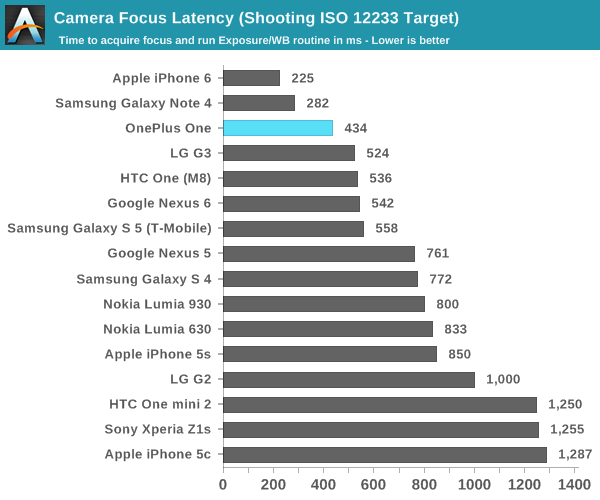
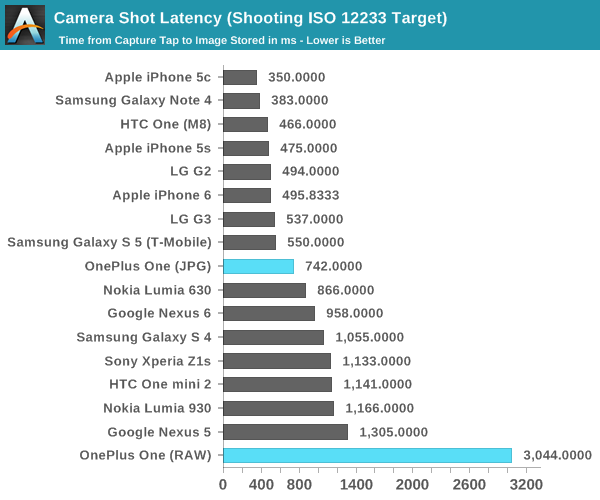
The OnePlus One does do surprisingly well in our focus test, setting a rather respectable focus latency around the same speed as the competition. On the other hand, the default capture speed is really quite long, although this is really mostly due to the RAW capture as turning off RAW capture dramatically speeds up response time in the camera to a much more respectable ~750 ms.


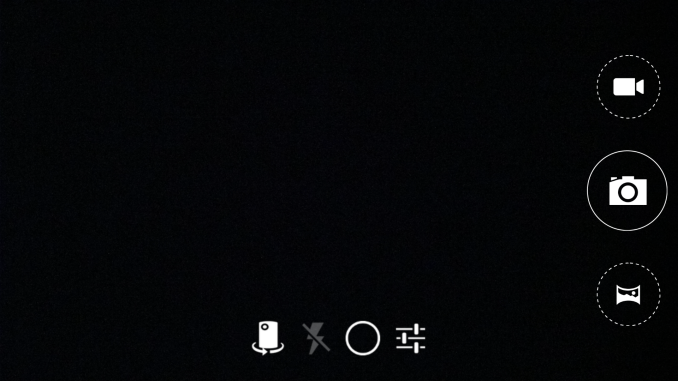

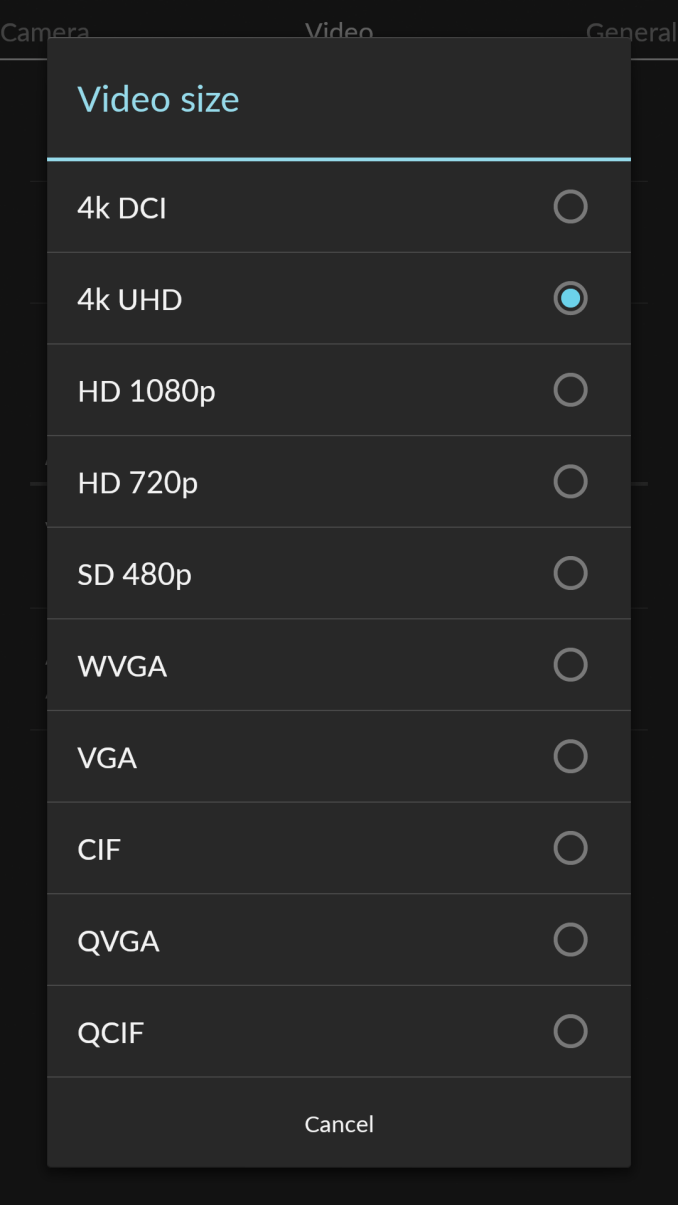


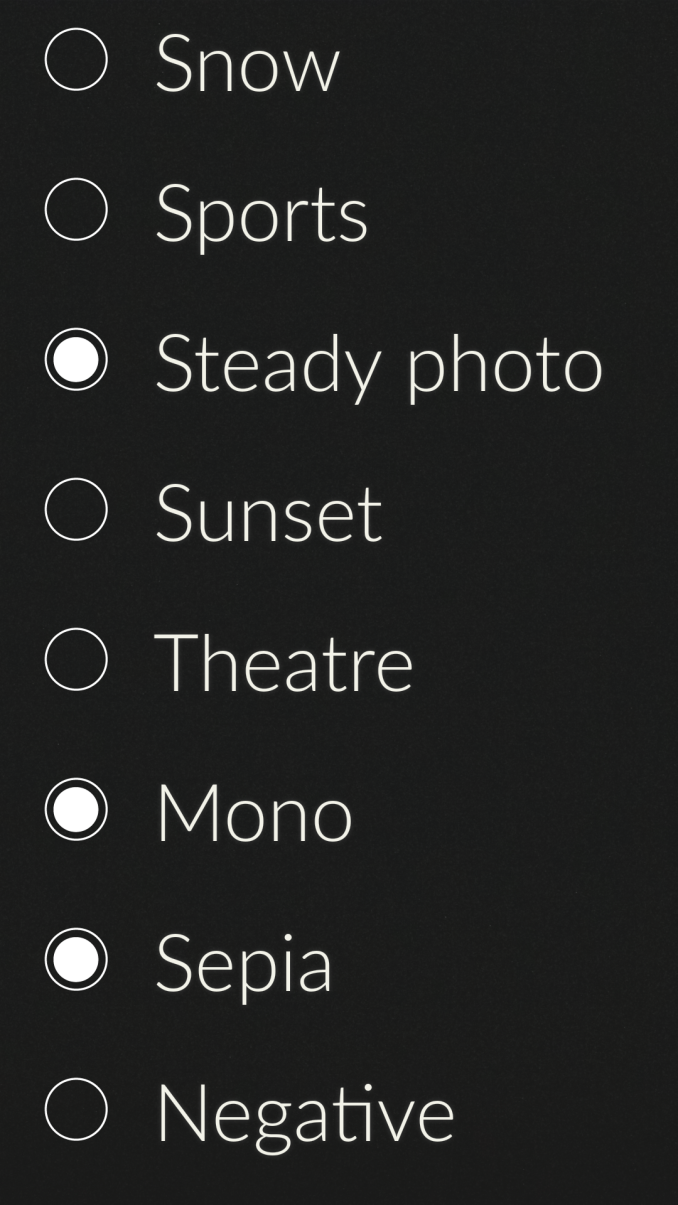
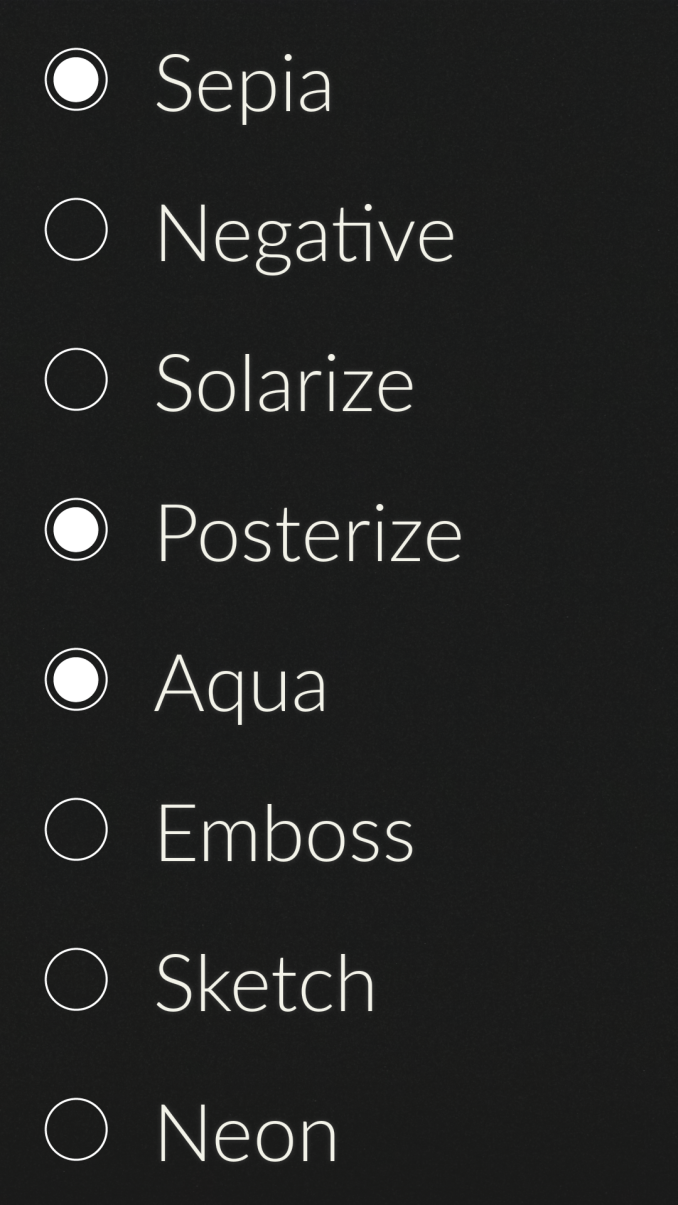
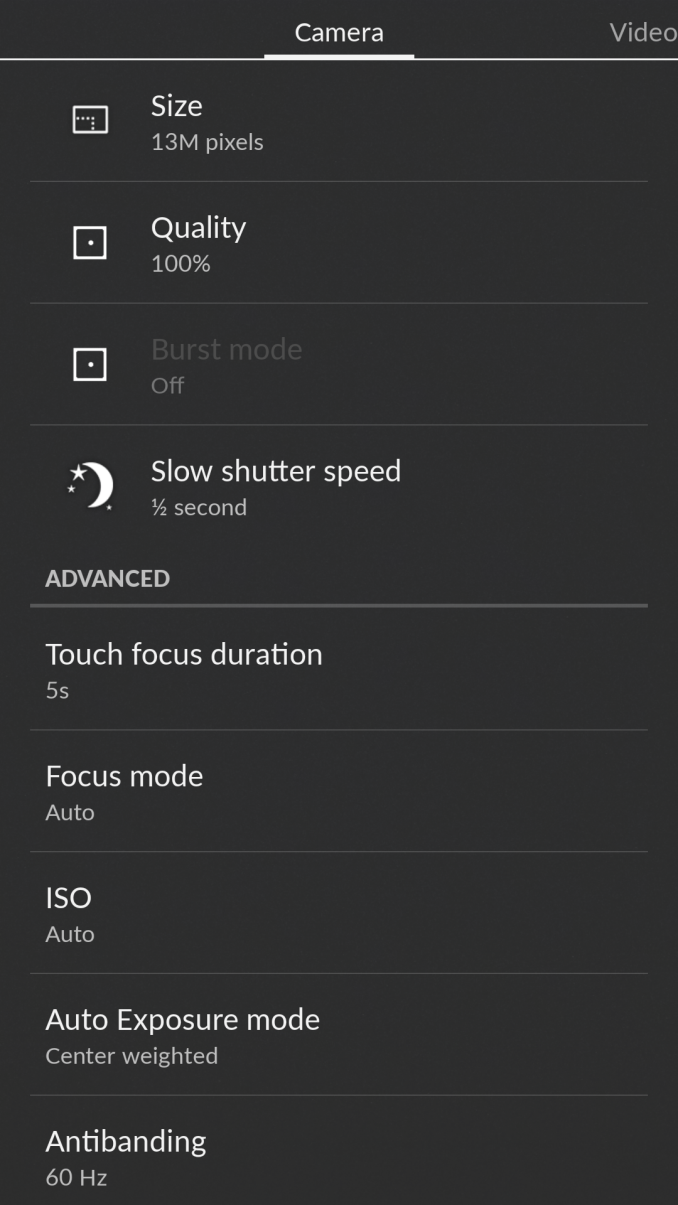









148 Comments
View All Comments
tipoo - Wednesday, November 19, 2014 - link
Was that meant as a reply to me? I know that, the N5 was a great example of this. Though the 6 is going back up to stupid pricing.tipoo - Wednesday, November 19, 2014 - link
Yes the authors "first" comment was wrong, but I meant about the "understand the market" bit, I'm guessing he means subsidized prices.Arbie - Wednesday, November 19, 2014 - link
A phablet with no microSD? These larger phones (and of course tablets) are what benefit from that the most, in their role as media players. I wouldn't even consider the OPO.coldpower27 - Wednesday, November 19, 2014 - link
64GB is already sufficiently large that a microSD isn't totally necessary. Less and less Android phones have this feature now. That has been the general trend now. Google is moving away from it with the Nexus 5/6/9, Apple never has had it in it's products.There are still some modern products that have it. Samsung GS5, Note 4, HTC One M8, LG G3.
cjs150 - Wednesday, November 19, 2014 - link
The idea that 64 G is enough is hilarious - this is a phone begging to be used as a media device whilst travelling. The reason for removing the microSD is a function of price. Phone/Tablet manufacturers massively overcharge for adding extra storage. It is also a function of the same manufacturers employing designers who, to put it simply, need to get out into the sunshine a bit more. Not everywhere has good access to the cloud, in fact huge chunks of the first world has poor or no access - and that is before you get started on the data cap that no doubt is written into your phone contractChaser - Wednesday, November 19, 2014 - link
What's hilarious is are people that believe 5" phone displays should be loaded up with movies and then used as miniature Imax viewers. It's a phone. It doesn't need 80 HD movies with Dolby Digital 7.1.jabber - Thursday, November 20, 2014 - link
Yeah if you are going on vacation, enjoy the vacation. Don't spend it watching crappy movies the whole time. You really don't need to carry masses of video and audio around.oliwek - Saturday, November 22, 2014 - link
Those recent phones have (micro)-USB OTG connectors. So it's possible to stock movies and music on USB thumb drives... I'd prefer to get the choice, though.oliwek - Saturday, November 22, 2014 - link
LG G2 had no SD card slot, G3 has got one. Same evolution for the HTC One. And Samsung flagships always had SD card slots. So this evolution is not so widespread (if you except Nexus models, and Apple tactics to let the customer pay more and more for enough NAND)..
slfisher - Monday, November 24, 2014 - link
I held off from getting a OnePlus for that reason for quite a while -- as well as the fact that it doesn't have a removable battery. I was really holding out for either a Google Play edition of the S5, or Lollipop on my existing S3. Since neither one was forthcoming, I went for the OnePlus because of the bare metal and the 64GB.